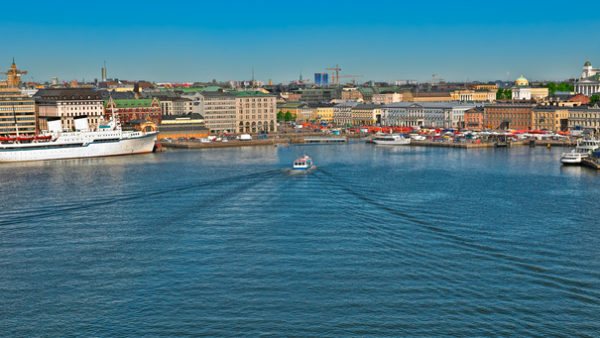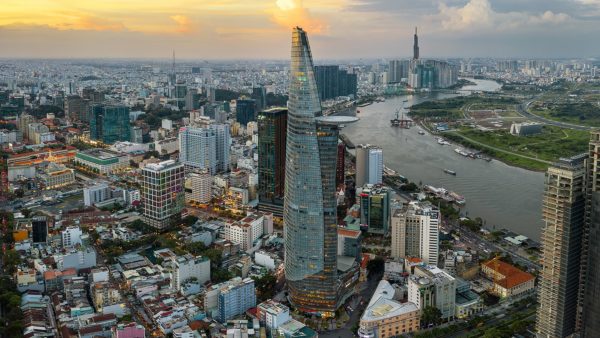Management consultant McKinsey has raised the prospect of India experiencing more lethal heatwaves by the 2030s that make construction and other outdoor work lethal.
It says periods when outdoor work is unsafe will increase 15% by 2030 compared with today’s levels, with an economic cost of up to $250bn.
Its study just published on the effect of climate change in India suggests rises in heat and humidity could make the subcontinent one of the first places in the world to experience heat waves that "cross the survivability limit for a healthy human being resting in the shade".
It says there is a 40% chance that this could occur as early as the 2030s.
The north of India has historically exhibited some of the world’s hottest "wet-bulb" temperatures – a measure that combines the effects of heat and humidity, and provides a better measure of heat stress on the human body than air temperature alone. These recordings are carried out using a thermometer wrapped in wet cloth.
In May and June last year, India and Pakistan recorded dry bulb temperatures 50.8°C, leading to the banning of construction work between 11am and 4pm. Typically, those most at risk are daily-wage labourers, including construction workers, as well as rickshaw operators and vegetable sellers.
India’s wet bulb temperatures rarely exceed 32°C, the limit at which heat-adapted people can do outdoor work. Thirty-five degrees, around the hottest ever recorded on Earth, is commonly regarded as the heat-stress limit for human life – at that point, a human can survive, resting in the shade, for about five hours.
According to McKinsey, heat waves in the hottest parts of India could begin to breach 34° by 2030, close to the record of 35.4° recorded in the Gulf a few years ago. However, the effect of urban "heat islands" may push temperatures above the survival threshold in cities.
By 2050, portions of northern India could begin to experience heat waves that cross the 35° limit at least once a decade, but before this happens outdoor workers will require longer and longer breaks as their core temperatures rise and they become less able to work.
The effect of climate change is exacerbated by the high population density of northern India, and the scarcity of air-conditioning. Up to 200 million people may be exposed to lethal heatwave during the 2030s, about half of whom will have access to chilled air if economic growth allows them to buy it. At present, only about 10% of Indians have air-conditioning.
By 2050, the number of people living in at-risk regions will increase to as many as 480 million, although most people in India are expected to own an air-conditioning by then.
The effect of this scenario on construction and other outdoor industries will be a rapid decrease in productivity. McKinsey estimates that the number of daylight hours during which outdoor work is unsafe will increase 15% by 2030, compared with today’s levels.
It comments: "This is significant because India’s economy is highly dependent on heat-exposed labour. As of 2017, heat-exposed work produces about 50% of GDP, drives about 30% of GDP growth, and employs about 75% of the labour force, some 380 million people … we calculate that lost labour hours due to increasing heat and humidity could put approximately 2.5-4.5% of GDP at risk by 2030, equivalent to roughly $150-250bn."
It adds that addressing the risk of lethal heat waves by 2030 using air-conditioning could come with capital costs of up to $110bn.
Image: Indian may begin experiencing non-survivable heatwaves in the 2030s (Dreamstime)
Further reading:
Comments
Comments are closed.











Seems like it would make sense, and be economical, for someone to develop a cool suit/cool hardhat. This could be done with rechargeable circulating coolant, or perhaps a small, lightweight battery pack to cool fluid through the garment’s “veins” much in the way that elephant ears cool the entire elephant by circulating blood from cool ears to everywhere else.
This should not be hard to design. Look at how the astronauts have to deal with temperature fluctuations of 100s of degrees a day on the Moon. What’s required on Earth is much simpler than that.
Why wait until the 2030s? Heat reduces productivity already; that’s a proven fact.